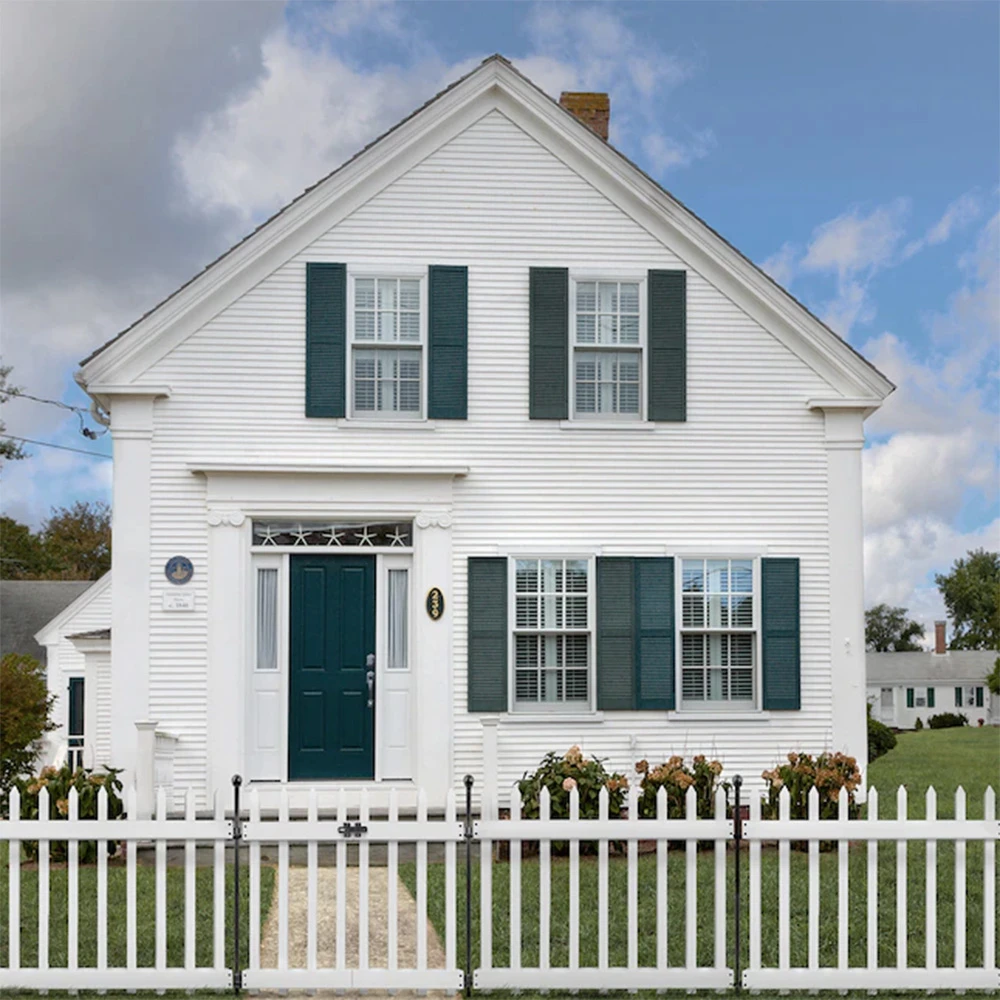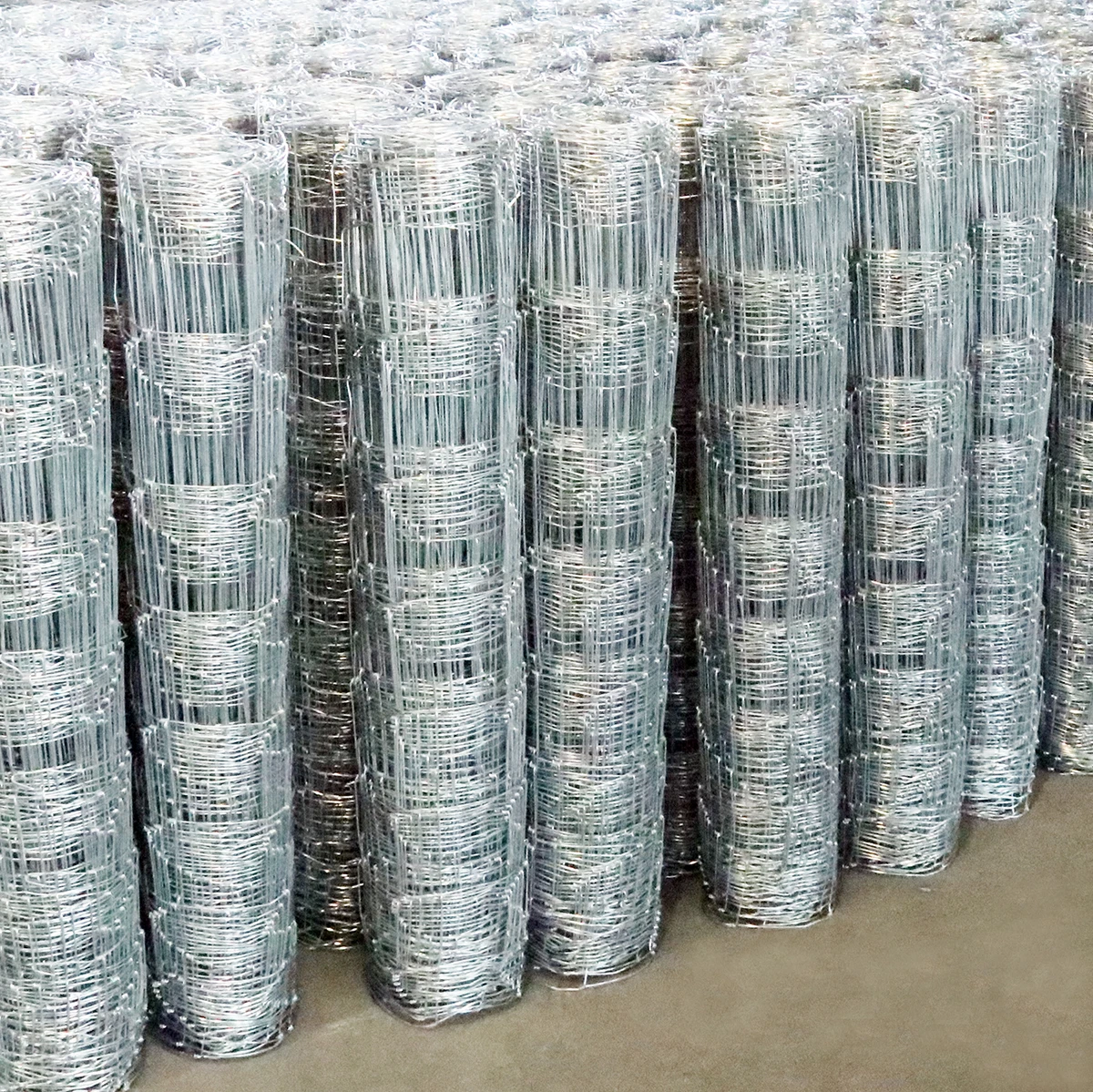wire stone cages
11 月 . 20, 2024 17:50
Exploring the Versatility and Applications of Wire Stone Cages
Wire stone cages, often referred to as gabions, have emerged as an essential component in various engineering, landscaping, and construction projects. These innovative structures, typically made from steel wire mesh filled with stones or other materials, offer a range of practical benefits that make them invaluable in outdoor and civil applications.
The Structure and Design of Wire Stone Cages
At their core, wire stone cages are cylindrical or rectangular baskets constructed from durable, corrosion-resistant wire mesh. The mesh is designed to hold natural stones in place while allowing water to flow through, which is crucial for drainage and reducing hydrostatic pressure. The design can vary, with different sizes and shapes available to suit specific needs and aesthetic preferences. The flexibility of these structures allows them to be used in everything from erosion control to decorative landscaping.
Applications in Civil Engineering
One of the most significant applications of wire stone cages is in civil engineering, particularly in stabilizing slopes, controlling erosion, and managing water flow. When placed strategically, gabions can absorb the kinetic energy of flowing water, reducing the risk of soil erosion in riverbanks or hillside construction sites. Their porous design facilitates drainage, minimizing water pooling that can lead to soil instability.
Furthermore, gabions play a critical role in the construction of retaining walls. They provide a robust yet flexible solution capable of supporting heavy loads while adapting to the natural movement of soil. In many cases, these walls can be more environmentally friendly than traditional concrete structures, blending seamlessly into natural landscapes and reducing the visual impact on the surroundings.
Landscaping and Aesthetic Uses
wire stone cages

Beyond their structural benefits, wire stone cages are increasingly popular in landscaping due to their aesthetic appeal. Garden designers often utilize gabions as decorative features, creating natural, rustic walls and planters that enhance outdoor spaces. The variety of stone types and sizes allows for creative customization, enabling homeowners and landscape architects to achieve unique designs tailored to specific themes.
Moreover, wire stone cages can be used as noise barriers or to create separation between different areas in a garden or park. They not only serve a practical purpose but also contribute to the visual interest of the space, adding texture and color.
Environmental Benefits
Wire stone cages are also recognized for their environmental benefits. The use of natural materials such as stones minimizes the carbon footprint associated with construction. Additionally, their permeable design allows for enhanced groundwater recharge and supports local flora and fauna. By employing gabions in construction and landscaping, designers can promote biodiversity and sustainability in their projects.
Challenges and Considerations
While wire stone cages offer numerous advantages, there are some challenges to consider. Selecting the right material for the wire mesh is crucial; inadequate materials may rust and degrade over time. Similarly, choosing appropriate stones is important to ensure structural integrity and aesthetic coherence. Maintenance is generally minimal, but periodic inspections can help extend the life of gabion structures.
Conclusion
Wire stone cages are a testament to the fusion of functionality and aesthetics in modern construction and landscaping. Their versatility makes them an excellent choice for a wide range of applications, from civil engineering projects to decorative garden features. As awareness of sustainable practices continues to grow, the use of gabions is likely to become even more widespread, offering creative and effective solutions that benefit both the environment and the visually appealing design of our outdoor spaces.









 Unity
Unity Creation
Creation Challenge
Challenge Contribution
Contribution










